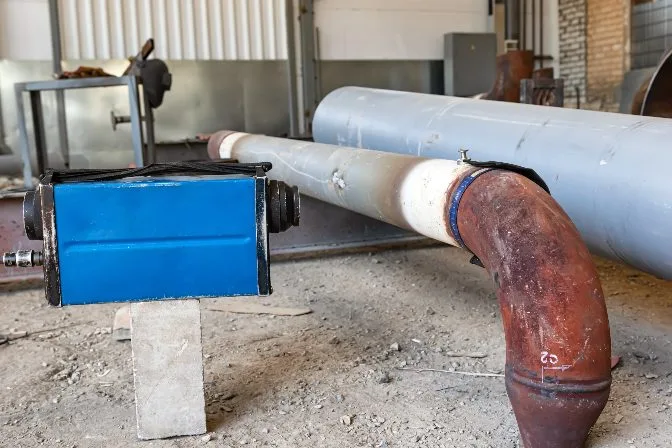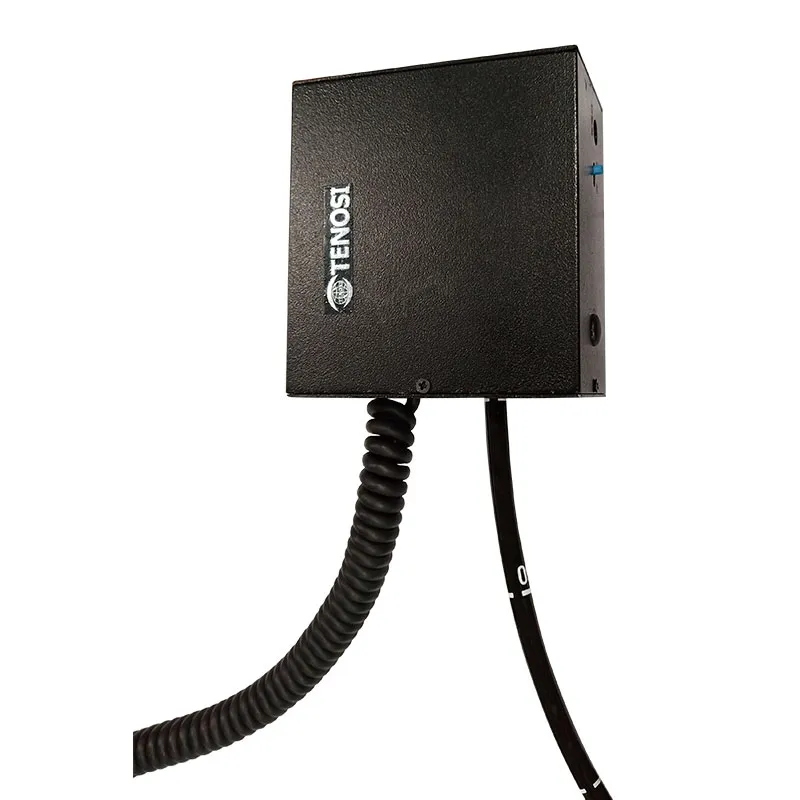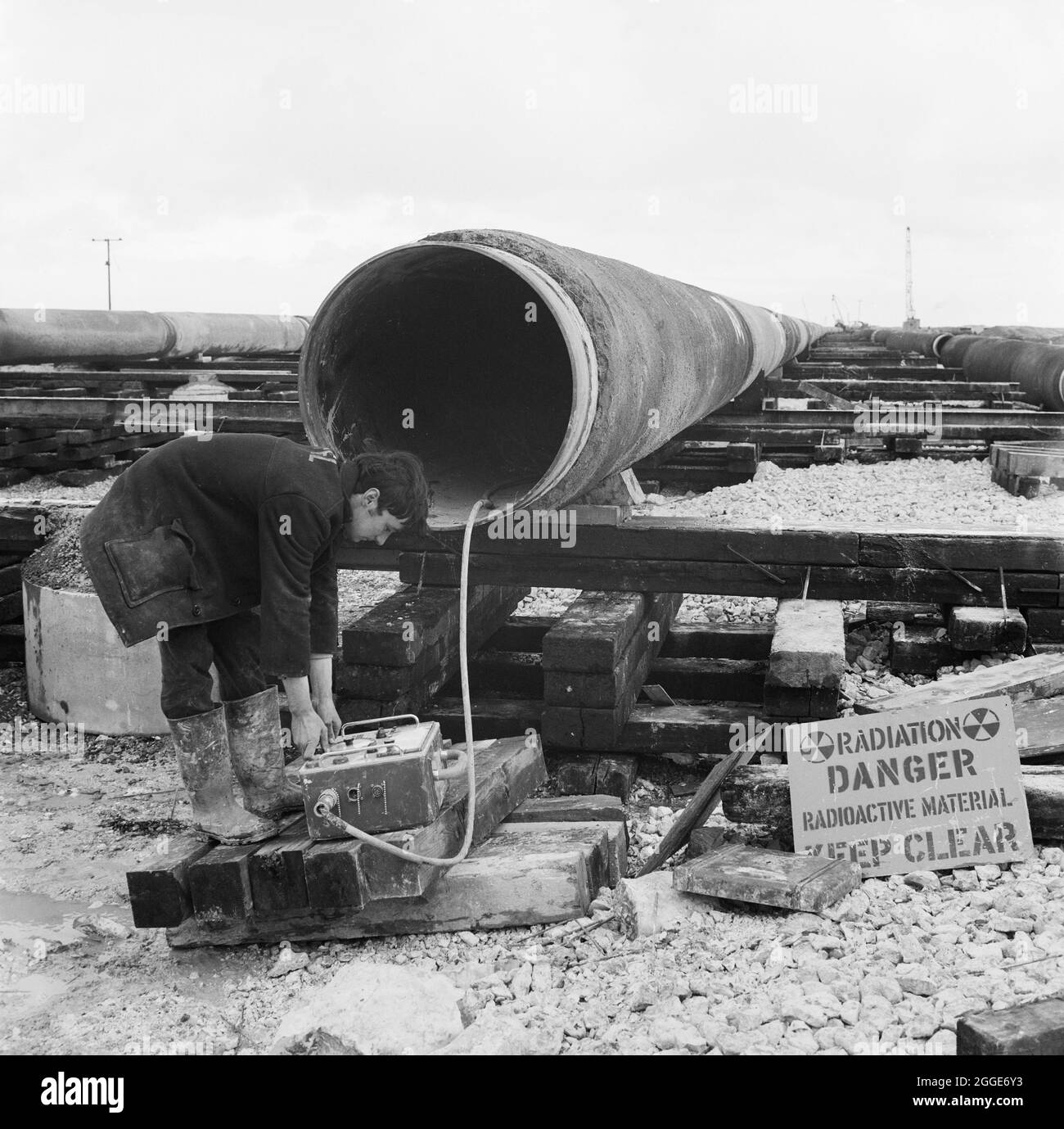Comprehensive Pipeline Welding Inspection: Protecting Facilities Stability

Best Practices for Pipe Welding Inspection: Methods, Standards, and Treatments to Achieve Quality Control and Conformity
Effective pipeline welding examination is crucial for making certain the honesty and safety of vital framework. By employing a combination of strategies such as visual evaluation and progressed non-destructive screening methods, together with adherence to developed sector standards like those from ASME and AWS, organizations can substantially boost their quality assurance processes. Nevertheless, the application of these ideal techniques poses different difficulties that warrant mindful factor to consider. Understanding the complexities associated with each phase of assessment is critical to attaining compliance and reliability in pipeline systems. What particular techniques can be utilized to browse these difficulties successfully?
Significance of Welding Inspection
The integrity of bonded joints is vital in making sure the security and reliability of pipeline systems. Correct welding strategies and detailed assessment processes are important to stop failures that can bring about tragic occurrences, environmental damage, and death. Pipeline Welding Inspection. Welding assessment functions as a safety net, determining defects such as splits, porosity, and insufficient fusion prior to they intensify into significant concerns
Additionally, pipeline systems usually operate under high stress and extreme problems, making the high quality of welds even a lot more important. Regulatory conformity is another significant aspect, as various requirements dictate the top quality guarantee processes that must be complied with in pipe construction and upkeep. Failure to conform can cause legal implications and financial losses.

The role of welding assessment extends past plain confirmation of handiwork; it includes the guarantee of lasting operational stability. This entails a systematic method that consists of not just visual evaluations however additionally progressed non-destructive testing techniques. Eventually, reliable welding inspection is an investment in the durability and safety and security of pipe systems, guaranteeing they function as meant while lessening threats related to product shortages.
Trick Evaluation Methods

Aesthetic examination, frequently the very first line of protection, permits the identification of surface area defects such as fractures, damages, and porosity. Ultrasonic screening uses high-frequency acoustic waves to discover inner flaws, using a thorough evaluation of weld honesty. This non-destructive method is specifically effective for determining discontinuities that may not be noticeable on the surface.
Radiographic testing includes the usage of X-rays or gamma rays to generate pictures of the bonded joint, exposing inner issues. This technique offers in-depth understandings yet might call for specialized devices and security factors to consider. Last but not least, magnetic fragment screening is effective for discovering surface and near-surface gaps in ferromagnetic materials, using magnetic fields and fine iron fragments.
Sector Standards and Regulations
Compliance with sector requirements and policies is crucial for making sure you can look here the high quality and safety of pipe welding evaluations. These standards give a structure for ideal techniques in welding processes, materials, and examination methods, enabling organizations to decrease flaws and enhance the integrity of pipe systems. Key bodies such as the American Culture of Mechanical Designers (ASME), the American Welding Society (AWS), and the International Company for Standardization (ISO) set forth standards that are commonly recognized and taken on within the market.
In the United States, laws from the Pipeline and Hazardous Products Security Administration (PHMSA) control the security of pipe procedures, mandating rigorous assessment protocols. These criteria not only offer to secure public safety and the setting but additionally guarantee conformity with legal and legal responsibilities. Adherence to the pertinent codes, such as ASME B31.3 for process piping, is crucial for preserving functional efficiency and regulative compliance.
Moreover, continual updates and revisions to these requirements mirror technological improvements and advancing industry methods, stressing the demand navigate to these guys for organizations to stay enlightened and train personnel appropriately. Eventually, durable conformity with recognized criteria cultivates trust and integrity in pipeline facilities, guarding both stakeholders and possessions.
Effective Assessment Treatments
Effective assessment treatments are crucial for determining prospective issues in pipe welds and ensuring the overall stability of the system. An organized strategy to evaluation encompasses several crucial stages, consisting of pre-weld, in-process, and post-weld evaluations. Each stage plays an essential role in keeping top quality guarantee.
During pre-weld inspection, it is important to review the products and joint setups, making certain conformity with job specifications. In-process evaluations include keeping track of welding methods and criteria, such as heat input and travel rate, to avoid problems from occurring. This phase enables real-time changes to welding techniques.
Post-weld evaluations include non-destructive testing (NDT) methods like radiography, ultrasonic testing, and magnetic fragment testing. These approaches help identify inner and surface area problems that might endanger the pipeline's functionality. Documentation of all examination tasks is vital, offering a traceable document that supports conformity with sector requirements.
Training and certification of assessment workers further boost the effectiveness of these treatments. By adhering to an organized assessment protocol, companies can reduce threats, guarantee conformity, and eventually deliver pipelines that fulfill rigid safety and performance needs.
Typical Obstacles and Solutions
Pipeline welding examination provides numerous common difficulties that can impact the high quality and safety and security of the final item. One significant difficulty is the irregularity in welding methods and products, which can lead to irregular weld quality. To address this, it is crucial to develop standard procedures and training for welders, making certain an uniform method throughout projects.

Environmental factors, consisting of temperature and humidity, can additionally impact the welding process, possibly resulting in cracks or insufficient fusion. Implementing regulated environments and sticking to pre-weld procedures can mitigate these threats.
Final Thought
To conclude, the execution of finest techniques for pipeline welding inspection is crucial for making certain high quality assurance and conformity with industry criteria. An read here extensive strategy, integrating numerous methods such as aesthetic, ultrasonic, and radiographic testing, promotes the identification of issues throughout all stages of the welding procedure. Pipeline Welding Inspection. Adherence to developed policies and reliable evaluation treatments not only improves the integrity and safety of pipe systems but likewise minimizes dangers related to welding problems, consequently promoting general functional integrity
Compliance with market criteria and guidelines is essential for guaranteeing the top quality and safety and security of pipeline welding evaluations. These criteria offer a structure for ideal practices in welding processes, materials, and examination strategies, allowing companies to decrease defects and improve the stability of pipe systems.In the United States, laws from the Pipeline and Hazardous Materials Security Management (PHMSA) control the safety and security of pipeline operations, mandating rigorous evaluation procedures. An organized strategy to inspection encompasses several key phases, including pre-weld, in-process, and post-weld evaluations.In final thought, the execution of ideal techniques for pipe welding inspection is essential for ensuring quality assurance and compliance with industry standards.